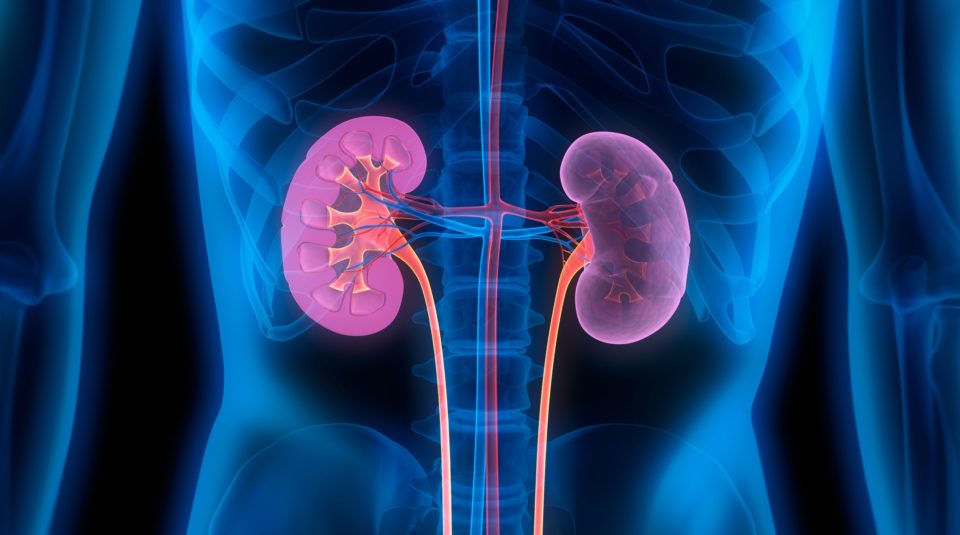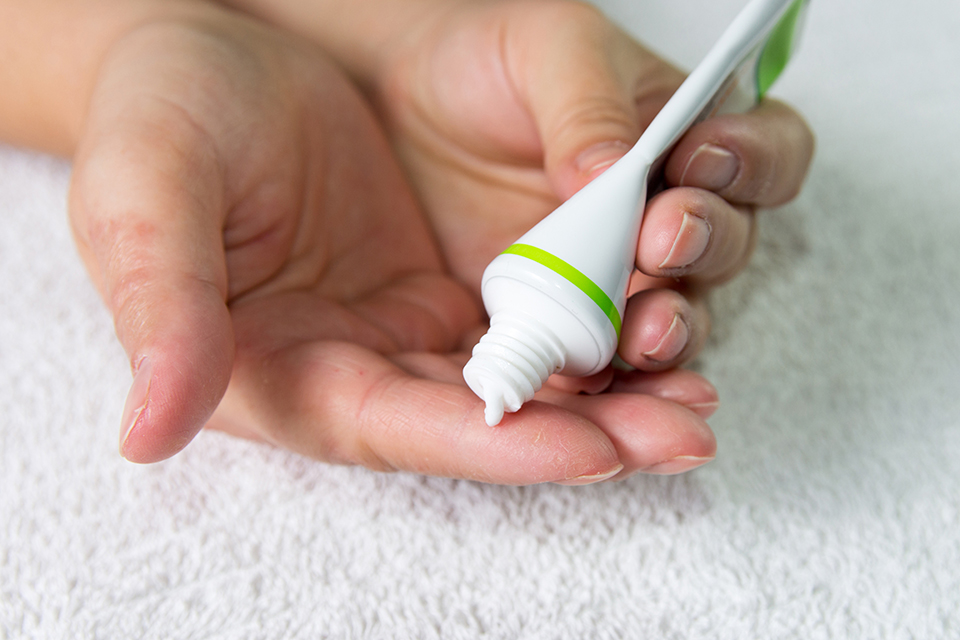
NKF Spring Clinical Meetings 2021
Metabolic acidosis at a given point in time is associated with accelerated kidney decline in patients with chronic kidney disease (CKD). Navdeep Tangri, MD, and colleagues modeled how changes in serum bicarbonate over time affect the incidence of adverse kidney outcomes.
The analysis utilized data from OPTUM® HER+Integrated dataset of patients in the United States from 2007-2019 with ≥1 year of prior medical record data, CKD stages 3-5, and metabolic acidosis, defined as index serum bicarbonate 12 to 22 mEq/L. Results of the analysis were reported during a virtual poster session at the NKF Spring Clinical Meetings 2021 in a poster titled Increasing Serum Bicarbonate Is Associated with Reduced Risk of Adverse Kidney Outcomes in Patients with CKD and Metabolic Acidosis.
The index date was the date of the first outpatient serum bicarbonate test within 180 days of the first outpatient estimated glomerular filtration rate (eGFR) <60 mL/min/173 m2. The primary predictor of interest was the change in serum bicarbonate, evaluated at each post-index outpatient serum bicarbonate test as a time-dependent continuous variable. Other covariates were age, sex, key comorbidities, and eGFR. The primary outcome of interest was a composite of either a 40% decline in eGFR from index, evidence of dialysis or transplantation, or an outpatient eGFR <10 mL/min/1.73 m2 (RRT40), evaluated using adjusted and unadjusted Cox proportional hazard models, and with death as a competing risk.
The analysis included 24,384 patients. Median follow-up was 3.7 years, mean age was 64.9 years, and 48% were men. Mean index serum bicarbonate was 19.2 mEq/L, and mean index eGFR was 36.9 mL/min/1.73 m2.
There was an association between a within-patient increase in serum bicarbonate over time and a lower risk of the composite kidney outcome. The unadjusted hazard ratio (HR) per 1-mEq/L increase in serum bicarbonate was 0.911 (95% confidence interval, 0.906-0.916; P<.0001). Following adjustment for baseline eGFR and serum bicarbonate, and the time-dependent effect of eGFR and other covariates, the HR per 1-mEq/L increase in serum bicarbonate was largely unchanged (0.916; 95% CI, 0.911-0.921; P<.0001). Following assessment of death as a competing risk, the hazard risk was similar.
In conclusion, the researchers said, “In a real-world population of nearly 25,000 US patients with CKD and metabolic acidosis, a within-patient increase in serum bicarbonate lowered RRT40 risk, suggesting that interventions that increase serum bicarbonate may reduce CKD progression and delay or prevent kidney failure.”
Source: Tangri N, Reaven N, Funk S, Mathur V. Increasing serum bicarbonate is associated with reduced risk of adverse kidney outcomes in patients with CKD and metabolic acidosis. Abstract of a poster presented at the National Kidney Foundation virtual Spring Clinical Meetings 2021 (Abstract #279), April 9, 2021.







 © 2025 Mashup Media, LLC, a Formedics Property. All Rights Reserved.
© 2025 Mashup Media, LLC, a Formedics Property. All Rights Reserved.